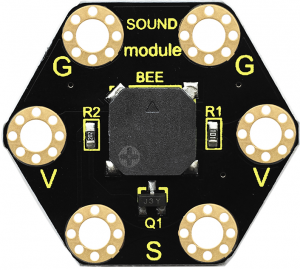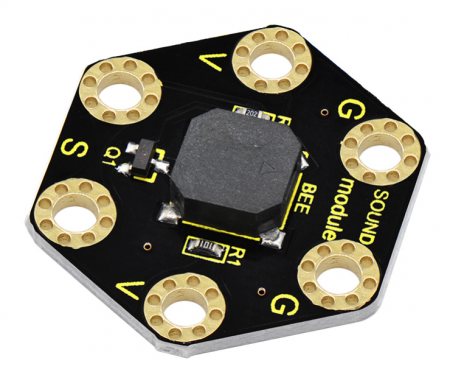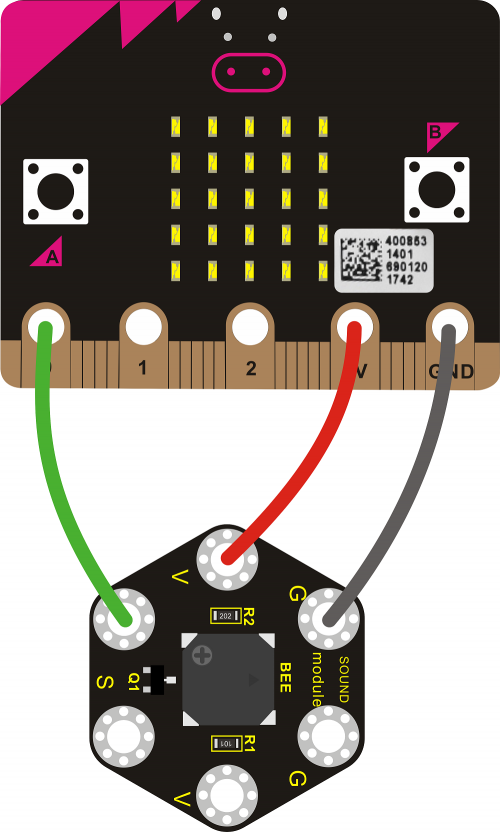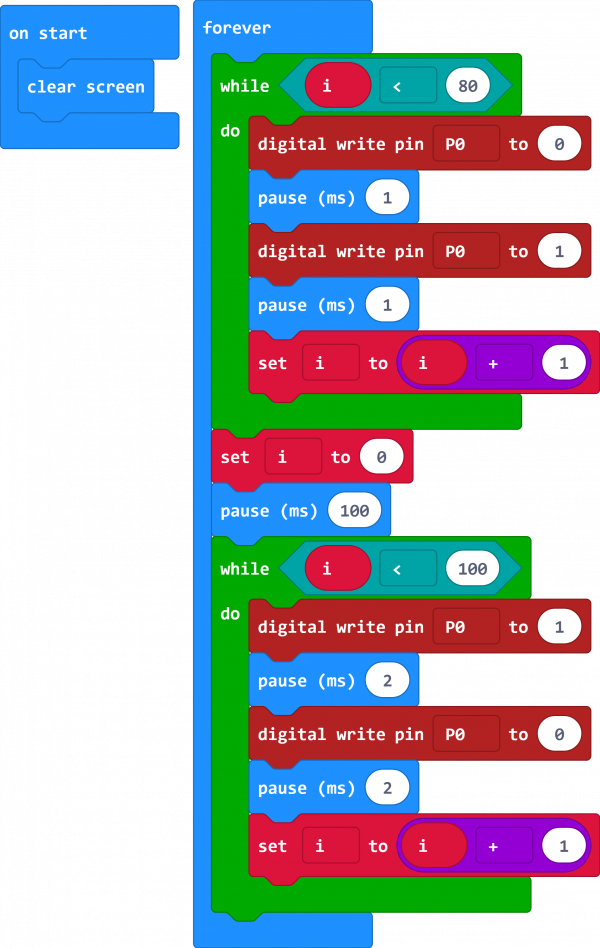Ks0424 keyestudio micro:bit Passive Buzzer Module: Difference between revisions
Keyestudio (talk | contribs) No edit summary |
Keyestudio (talk | contribs) No edit summary |
||
| Line 35: | Line 35: | ||
<br> | <br> | ||
<span style=color:red> '''Note:''' <br> | |||
<span style=color:red> | If you drag the source code we provided to the Microsoft MakeCode Block editor https://makecode.microbit.org/#editor | ||
Click the icon [[File:Ks0424-4.png|500px|frameless|thumb]] , you can check the frequency of each tone as follows: | |||
<br>[[File:Ks0423-5.png|600px|frameless|thumb]]<br> | <br>[[File:Ks0423-5.png|600px|frameless|thumb]]<br> | ||
<br> | |||
== Example Result == | == Example Result == | ||
Connect well the module, then send the source code to the micro:bit main board.<br> | Connect well the module, then send the source code to the micro:bit main board.<br> | ||
Revision as of 16:33, 4 April 2019
Description
This keyestudio passive buzzer is fully compatible with micro:bit control board.
It is mainly composed of a passive buzzer without oscillation circuit. It cannot be actuated by itself, but by external pulse frequencies.
Different frequencies produce different sounds. Even can code the melody of a song.
There are total 6 rings on the module. Note that two G rings, two V rings and two S rings are connected. G for ground; V for 3V; S for signal pin(0 1 2).
When using, connect the module to micro:bit control board using Crocodile clip line.
Technical Parameters
- Working voltage: DC 3.0-3.3V
- Output signal: Digital signal (square wave)
- Dimensions: 31mm*27mm*4.5mm
- Weight: 2.3g
- Environmental attributes: ROHS
Connection Diagram
Source Code
Note:
If you drag the source code we provided to the Microsoft MakeCode Block editor https://makecode.microbit.org/#editor
Click the icon 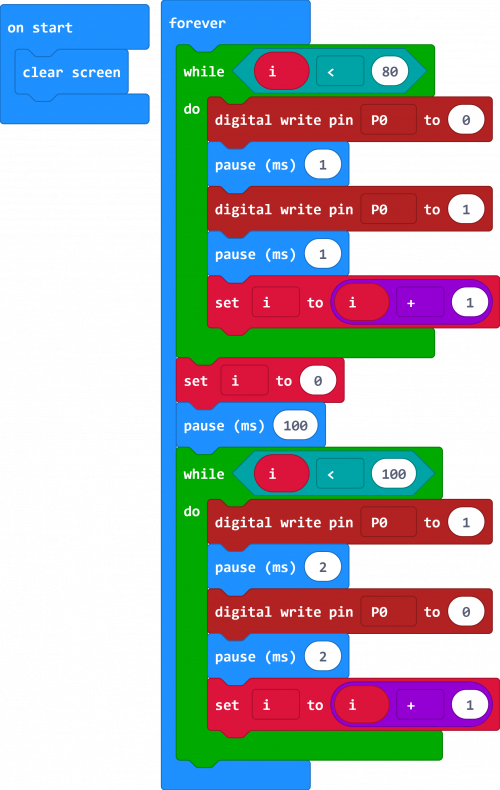 , you can check the frequency of each tone as follows:
, you can check the frequency of each tone as follows:
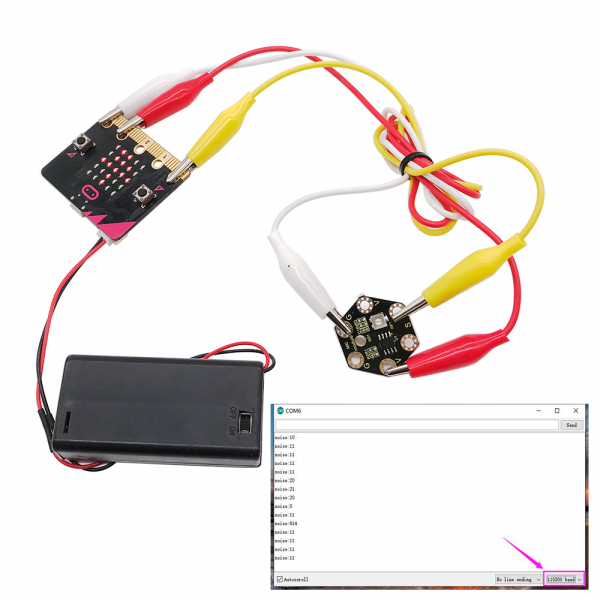
Example Result
Connect well the module, then send the source code to the micro:bit main board.
If send the code 1, the buzzer will alternately make two sounds.
If send the code 2, the buzzer will play a song of Ode To Joy.

Resources
Download all relevant info. below:
